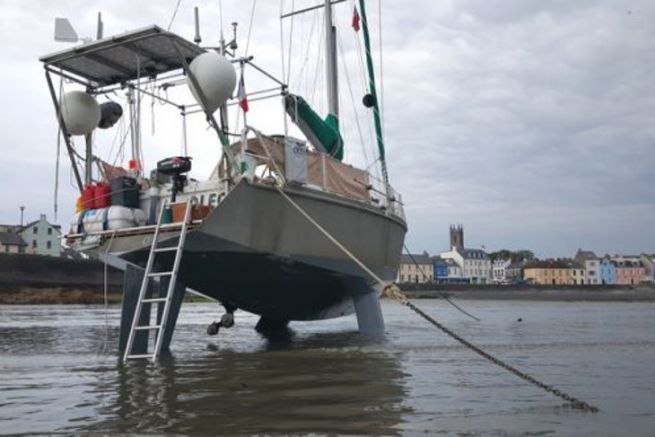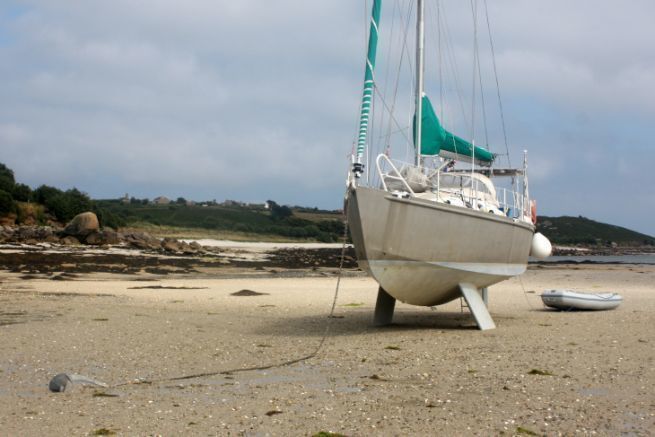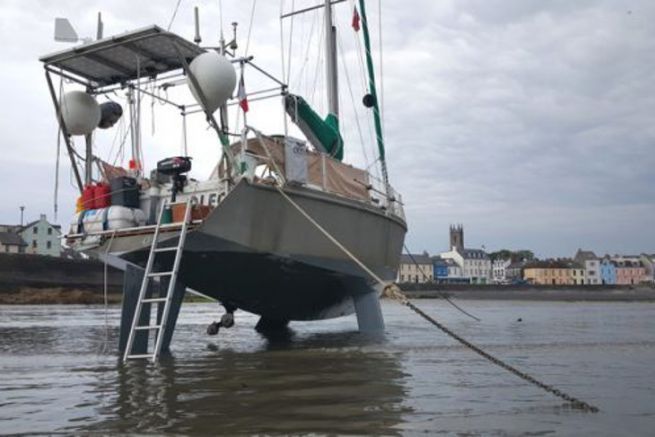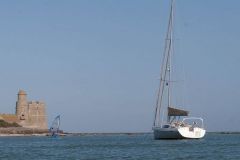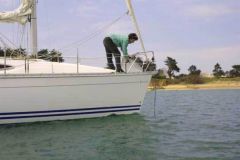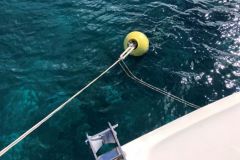Beaching and refloating can be stressful times. Here are a few tips to ensure that everything goes smoothly.
Secure the boat with the right number of anchors
Ideally, you should be in an area large enough and flat enough to simply set the main anchor. You need to send enough chain to stop, but not too much, to limit the turning radius and allow you to make adjustments if necessary.
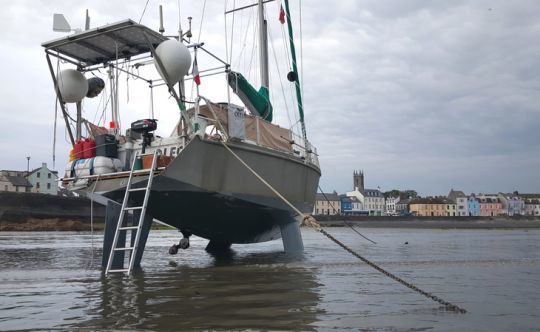
If the beaching area is restricted, either because of obstacles or because the safe zone is limited, you'll need to beach with two anchors. They should be positioned so that the current stops the boat completely, and we can use the chains or cables to optimize our position. The secondary anchor will certainly have to be moved for desludging.
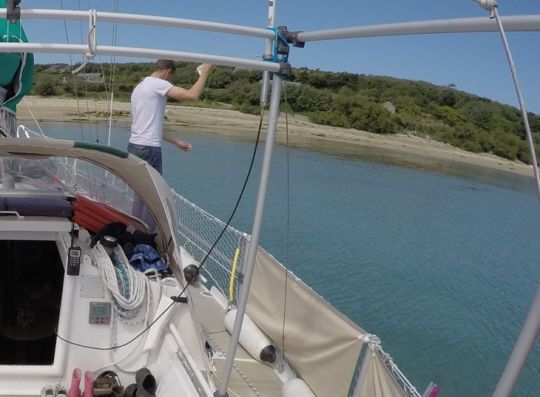
When approaching the area, make sure the depth sounder reading is stable. Once stationary, arm yourself with a plumb line and check that the water level around the boat is stable. A clothespin can be used as a marker on the line.
Adapt wetting for desiccation
If everything has been well prepared, these critical moments will be imperceptible. Don't forget to close the valves just in case, and remember that seawater will no longer be available in the boat.
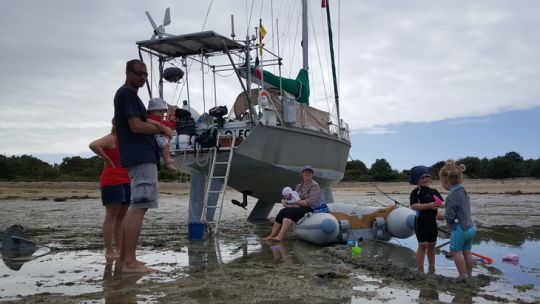
At low tide, we usually remove the secondary anchor and reposition the main anchor so as to facilitate de-anchoring. In this case, move the anchor and tighten the chain so that the boat is drawn towards the deep zone. This will facilitate and speed up the release.
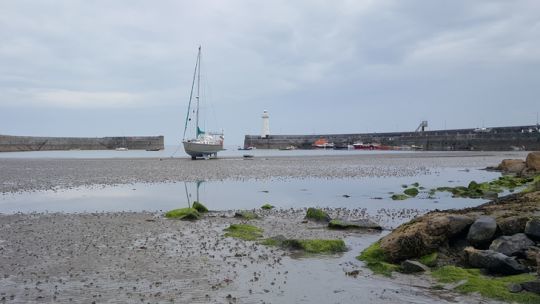
Supporting the sea and the swell
If the weather at the time of de-rigging brings swell, you can still limit the critical period by loading the boat before the operation, with the crew, water, dinghy and other items, then unloading everything quickly when the boat starts to hit the bottom. The water is then emptied, and the dinghy is launched with the crew, except for one at the helm who will take care of clearing the boat by motor as quickly as possible.
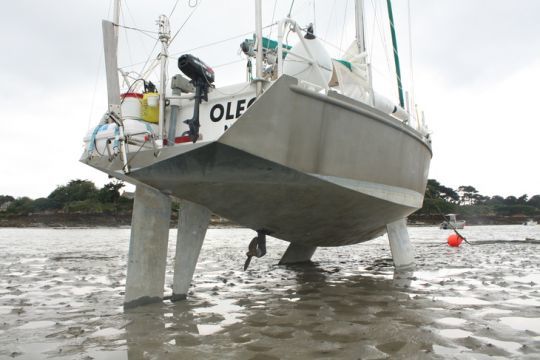
In general, however, de-anchoring is only perceptible by a slight displacement of the boat, which can be monitored by GPS and chain tension. Once the boat has been refloated, the anchor(s) can be hauled up to allow you to leave the area unhindered.
